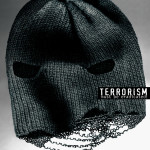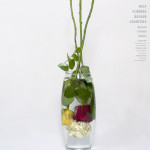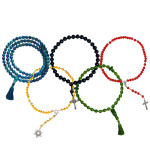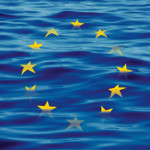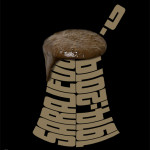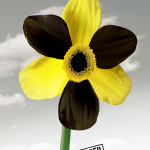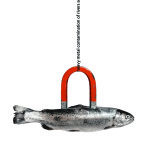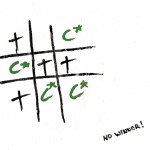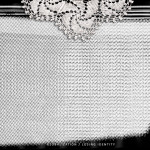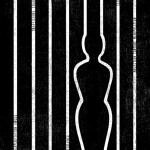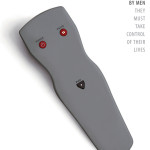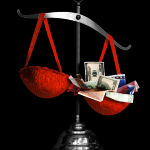Our new Master is the charismatic and talented Dalida Karic-Hadziahmetovic from Bosnia and Herzegovina. Dalida is an Associate Professor for the Department Graphic Design at the Academy of Fine Arts in Sarajevo. She has won many international awards and acknowledgements, including the Graphis Gold for the Poster Annual, Design Annual and Graphis Silver Social&Political Protest Posters from New York, the RGD So(cial) Good Design Award from Toronto, the Poster for Tomorrow Top Ten award and the Gold Medal at the IX International Poster Biennial in Mexico.
Dalida has had fifteen solo exhibitions and taken part in many festivals and biennials worldwide. Her work is in the permanent collections of many important museums, such as the Victoria and Albert Museum in London, Les Arts Decoratifs in Paris, the Center for the Study of Political Graphics in Los Angeles CA, the Canadian Museum for Human Rights in Canada, and the Museum für Gestaltung in Zurich.
Dalida’s Answers
We asked Dalida our “Poster Poster Questions” and this is what she had to say.
1. What does the poster mean to you and why do you design posters?
Poster is my favourite media of visual communication because with poster I can express my feelings, ideas, my beliefs. By designing social, political or ecological posters I believe I can make a difference or, at least, I can try.
2. What would you say makes a good poster?
Posters primary effect must be direct and immediate, although it can contain layers of meaning. It has to be interesting, original or curious enough to attract the attention, hold it for a while to transmit its message and to stay in mind, to be remembered.
3. What do you think is the role of the poster on the world today?
Poster is still popular media of visual communication despite of the fact that there are many new and effective media for transmitting messages. Poster can target specific audience but remains the only medium that, potentially, anyone can see, no matter what age, race, gender or social status, and it can transmit messages to uneducated audience. Possession of technology is not required, perceiving messages comes spontaneously, many times even not voluntarily, and that is a great advantage of poster and jumbo poster today.
4. What is your typical design process for making a poster?
I usually begin with sketches. Sometimes I just think and think a lot about concept of a poster, then I put it on paper to give it an visual form and then I can actually see whether it has a potential or not. I never start designing posters by sitting in front of the computer trying to make some new combinations, for instance, because the idea is the most important on poster for me and computer is just a tool that helps me to give shape to my ideas.
5. If you could chose a poster in history as your favourite, which one would it be and why?
It is hard to choose one or two. They are quite numerous and quite different graphically… Some of my favorite posters are made by poster masters of Poster Poster site and poster UNable of Yossi Lemel is one of them. There was a war in my country and those UN – United Nations peace troops, Blue helmets, how we called them, were presented there. UNable poster shows very precisely what was their role in the war and how they were helping us. So, sometimes viewers need to know more about the context of a poster to truly understand it and to evaluate strength of it’s message.
6. What advice would you give to new designers who might want to become poster designers?
It would be hard to make a living by designing only posters but I do encourage young designers to use poster potentials, both communicational and expressive, to inform, warn and educate people about problems of modern society.


